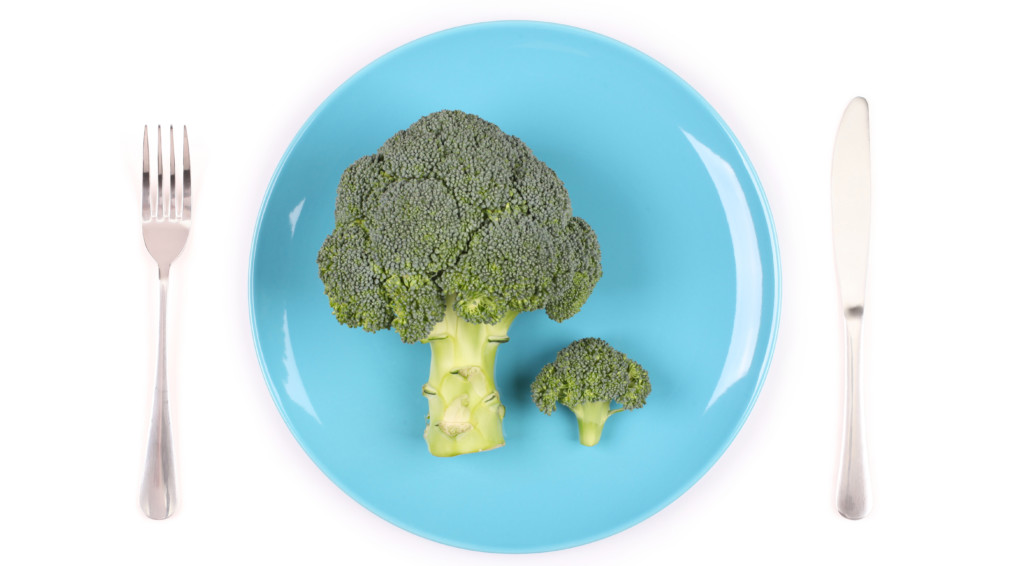Serving Size vs. Portion Size

What’s the Difference?
When it comes to deciding how much to eat, the terms serving size and portion size are often used interchangeably. However, they don’t mean the same thing.
Serving size is a standardized amount of food. It may be used to quantify recommended amounts or represent quantities that people typically consume on a Nutrition Facts label.
Portion size is the amount of food you choose to eat — which may be more or less than a serving size.
Estimating Portion Sizes
Measuring cups and spoons are great tools for making sure your portion is the same as the serving size, however, these tools aren’t always readily available. Try comparing your portion to something else. For example: A baseball or an average-sized fist measures about 1 cup, and the size of your thumb measures about 1 tbsp.
Overcoming Portion Distortion
It’s easy to mistake a larger portion as a better value. To overcome portion distortion and downsize your helpings, try the following:
• Read the Nutrition Facts label to identify the appropriate serving size.
• Eat from a plate, not a package. It’s easy to eat more than one serving when eating straight from the package.
• Use measuring cups or spoons to see what the serving size looks like. Small plates and bowls can also make the portion sizes appear larger.
• Skip the upgrade. When dining out, it can seem like a better value to pay 50 cents extra for a larger size. Just stick to the serving size you know you can eat at one sitting without feeling full.